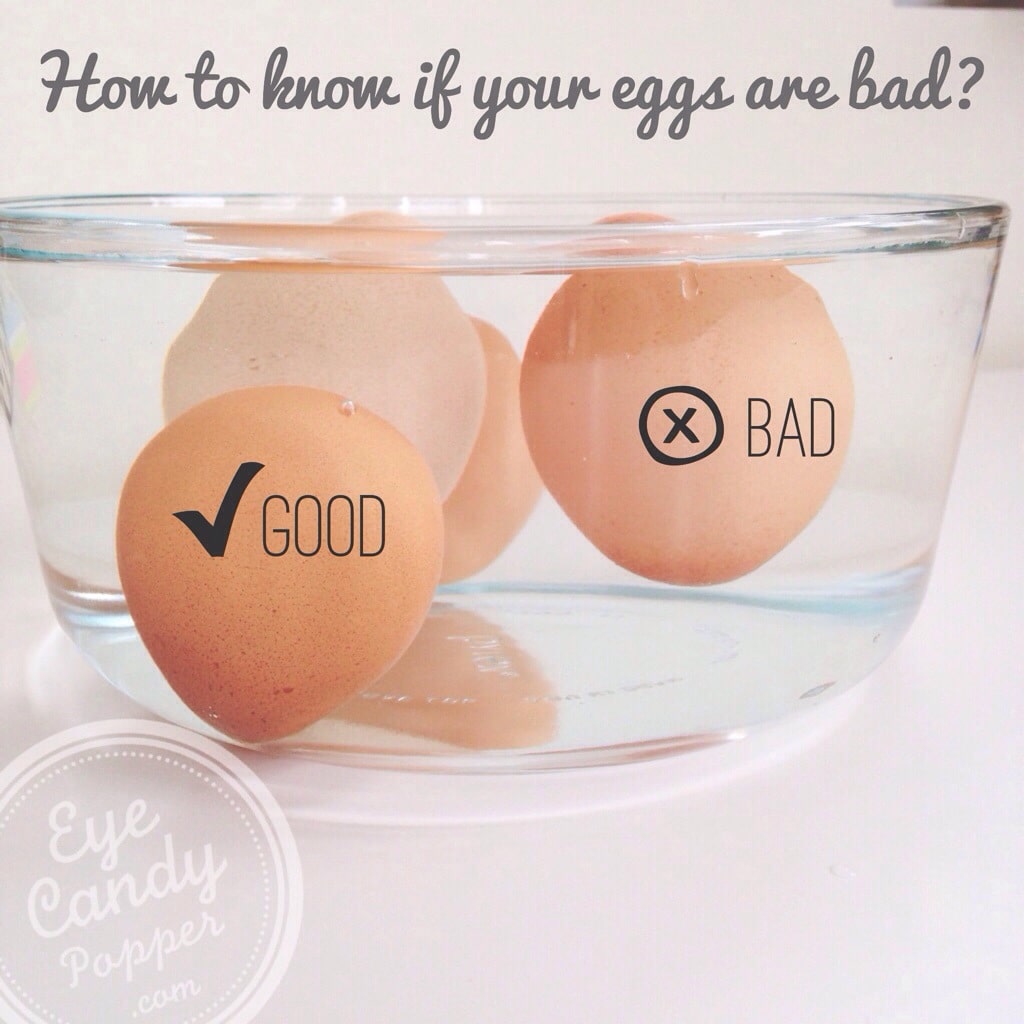
Apply Now


Understanding Wet Dreams and Their Significance
Wet dreams, also known as nocturnal emissions, are a natural aspect of human sexuality, often occurring during sleep. They serve as a physiological response to sexual arousal, commonly experienced during REM sleep when dreaming occurs most vividly. Understanding the role of wet dreams in sexual health can promote a healthier perspective on intimacy and personal development. The experience of losing control during a dream where erotic fantasies play out can sometimes lead to feelings of embarrassment or confusion. However, it's essential to recognize that wet dreams are a normal part of sexual maturation and self-discovery, particularly during adolescence but can occur at any age. These dreams often stem from subconscious desires and sexual thoughts, providing insight into an individual's erotic desires and health. Moreover, wet dreams can contribute to emotional and psychological well-being by fostering self-acceptance and enhancing understanding of one's sexuality. By acknowledging these dreams, individuals may better cope with and embrace their sexual identity, ultimately leading to a more satisfying intimate life. This article outlines effective methods to induce wet dreams through various techniques, ultimately contributing to self-exploration and enhanced sexual experiences. We will explore relaxation methods, visualization techniques, and the importance of understanding sleep cycles to unlock the secrets of nocturnal emissions.Effective Techniques for Inducing Wet Dreams
Building on the understanding of what wet dreams are, let’s explore practical methods to induce these experiences consciously. Several strategies can be employed, from relaxation techniques to focused visualization, enabling individuals to access their subconscious mind more easily.Visualization Techniques to Enhance Dream Quality
Visualization techniques involve mentally picturing desired dream scenarios before sleep, facilitating the onset of erotic dreams. By engaging in creative visualization, one can create a vivid mental image of an ideal sexual fantasy. This practice promotes a deeper connection to personal desires while enhancing the likelihood of experiencing a wet dream. To effectively use visualization for inducing wet dreams, find a quiet space where distractions are minimal. Begin by closing your eyes and focusing on deep breathing to relax the mind and body. Next, visualize the specifics of your fantasy, incorporating as much detail as possible, such as sights, sounds, and feelings associated with it. The key is to immerse yourself fully in the experience, which can lead to lucid dreaming—a state where one becomes aware they are dreaming and can exert some control over the narrative. Common mistakes to avoid include rushing the process or lacking clarity in your visualization. Instead, take your time, ensuring you are relaxed and focused before drifting into sleep.Meditation and Relaxation Strategies for Better Sleep Outcomes
Engaging in meditation before sleep can significantly enhance not only the quality of sleep but also the likelihood of experiencing wet dreams. Meditating helps reduce anxiety and stress, which are often barriers to restful sleep and engaging dreams. Techniques such as mindfulness meditation allow individuals to become more attuned to their bodies and feelings, facilitating a deeper level of relaxation. Start by setting aside 10-15 minutes before bedtime for meditation. Find a comfortable position, focus on your breath, and allow your mind to quiet. As you do this, consciously release any tension held in the body. The more relaxed the mind and body become, the more receptive you are to dreams and the easier it becomes to tap into unconscious desires. Avoiding negative thoughts during meditation is essential. Instead, replace them with positive affirmations related to your sexual identity and desires. This process can enhance emotional security, contributing to healthier dreams and a positive self-image.Dream Analysis: Interpreting the Meaning Behind Your Dreams
With the basics of inducing wet dreams covered, it’s time to delve into dream analysis, an essential practice for understanding the deeper meanings behind your nocturnal experiences. Interpreting sexual dreams can offer profound insights into one’s emotional state and desires, promoting self-discovery and personal growth.Understanding the Symbolism of Erotic Dreams
Erotic dreams often reflect personal fantasies or unresolved feelings about sexuality. Understanding the symbolism within dreams can help individuals recognize patterns in their subconscious mind, revealing underlying emotions, desires, and fears. For example, a dream about intimate encounters with a celebrity may not simply denote attraction but could represent desires for validation, fame, or idealized relationships. By engaging actively in dream analysis, one can explore themes present in their dreams. Keeping a dream journal is an effective method to track recurring symbols and themes, offering another layer of self-reflection. Document particular emotions accompanying dreams to connect them to waking life experiences or personal challenges encountered. By externalizing dreams through writing, you open yourself up to the subconscious mind while fostering emotional release. This practice can lead to clearer insights and a greater understanding of one's sexual identity and preferences.Enhancing Dream Recall for Better Emotional Insight
Dream recall plays a vital role in interpreting and making sense of wet dreams and their meanings. Enhancing dream recall can be achieved through several techniques, including maintaining a consistent sleep schedule and engaging in dream journaling immediately upon waking. Establishing a routine around sleep hygiene can optimize sleep quality and reinforce memory, allowing for better retention of dreams. It’s essential to wake up in a relaxed state to facilitate clarity before jotting down dream details while memories are fresh. An effective dream recall strategy is using a journal by your bedside. Upon waking, take a moment to reflect on any dreams experienced during the night before writing them down. Not only will this strengthen memory, but documenting dreams regularly can lead to patterns that may reveal significant insights into emotional health and intimacy issues.Managing Sleep Patterns to Facilitate Wet Dreams
The importance of aligning sleep patterns with the natural sleep cycle cannot be overstated when aiming to induce wet dreams. Healthy sleep habits support not just dream creation but overall mental and physical well-being.Understanding the Role of REM Sleep in Dream Induction
REM sleep is the sleep stage where the most vivid dreams occur, including wet dreams. This critical phase can be optimized by understanding its role within the sleep cycle, which generally consists of multiple stages throughout the night. Striking a balance between the different stages of sleep enhances dream recall and can lead to more frequent nocturnal emissions. Creating a sleep environment conducive to uninterrupted REM sleep is essential. This can include minimizing light exposure, controlling room temperature, and maintaining a calm ambiance. Avoiding stimulating activities like excessive screen time or caffeine close to bedtime will improve sleep quality and encourage deeper dream experiences. Developing an awareness of your natural sleep patterns can help identify ideal bedtime windows, leading to enhanced sleep cycles that favor REM activity and, subsequently, inducing erotic dreams.Healthy Communication and Emotional Safety in Intimacy
Emotional safety is paramount when exploring intimacy, whether through sexual activities or dreaming. Engaging in open dialogues about desires and boundaries fosters healthier relationships with partners, leading to enhanced satisfaction in real-life sexual experiences—ultimately spilling over into your dreams. Establishing trust in intimate relationships allows individuals to express desires without fear. Healthy communication promotes emotional wellness, which positively influences sexual experiences and, by extension, dream content. Whether exploring fantasies with a partner or through self-reflection, prioritizing emotional safety creates an environment where personal growth and sexual exploration can flourish.Conclusion: Embracing the Journey of Self-Discovery
In the journey of exploring wet dreams and their significance, it's critical to embrace the practice of self-acceptance and understanding. Engaging in techniques such as visualization, dream journaling, and relaxation methods promotes not only sexual health but overall well-being. The insights gained from both erotic dreams and dream analysis encourage individuals to explore their sexuality more freely and confidently. Remember, wet dreams are a natural, healthy aspect of sexual development, offering a unique avenue for self-discovery and expression. By exploring and understanding subconscious desires, individuals can achieve greater intimacy and satisfaction in their sexual lives and personal growth. It's important to approach this journey with an open mind and a sense of curiosity, fostering an environment where dreams can reveal profound truths about our desires and emotional states. Embrace the connections between dreams and reality, and allow them to guide you towards a more profound understanding of yourself and your sexual identity.
